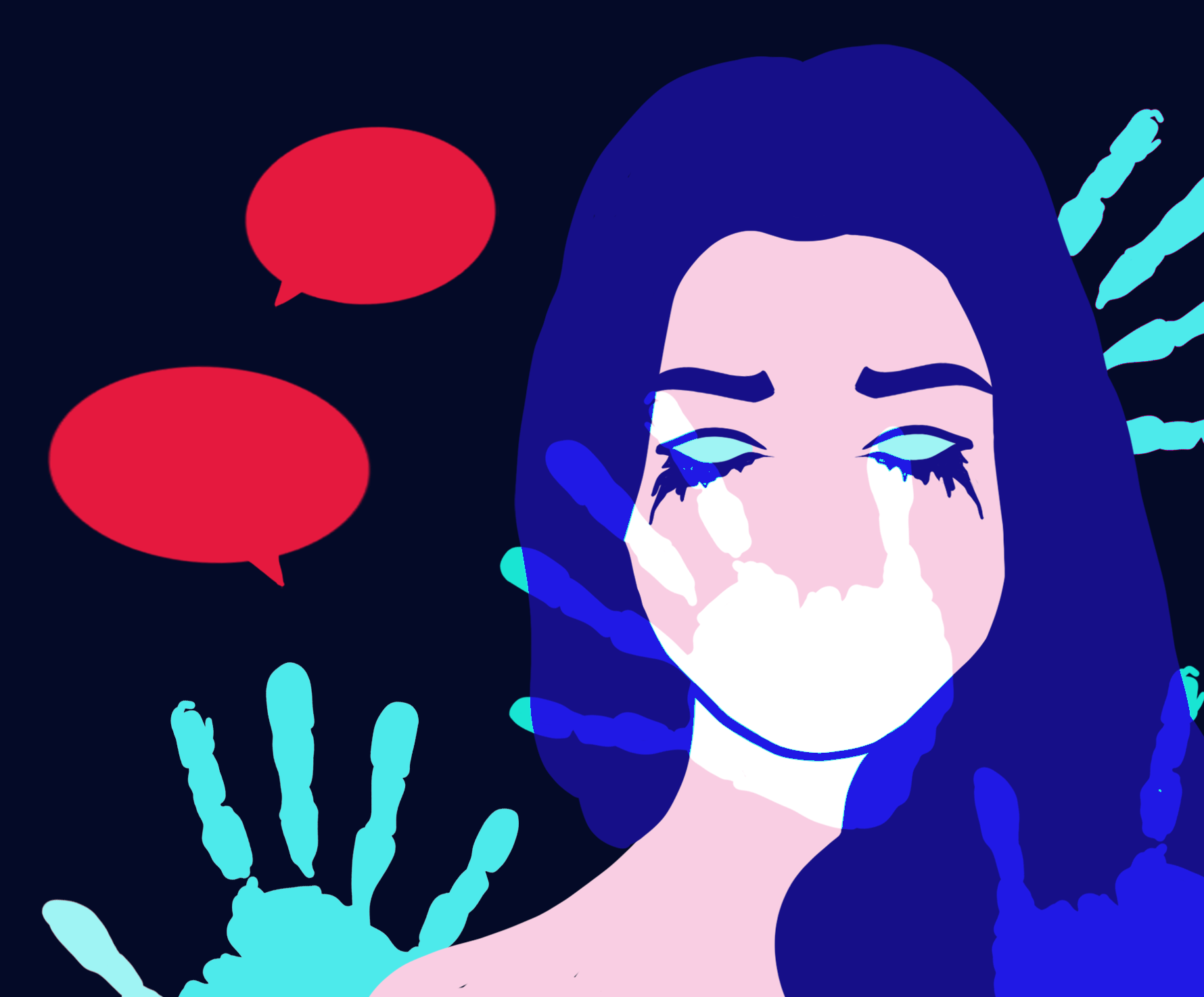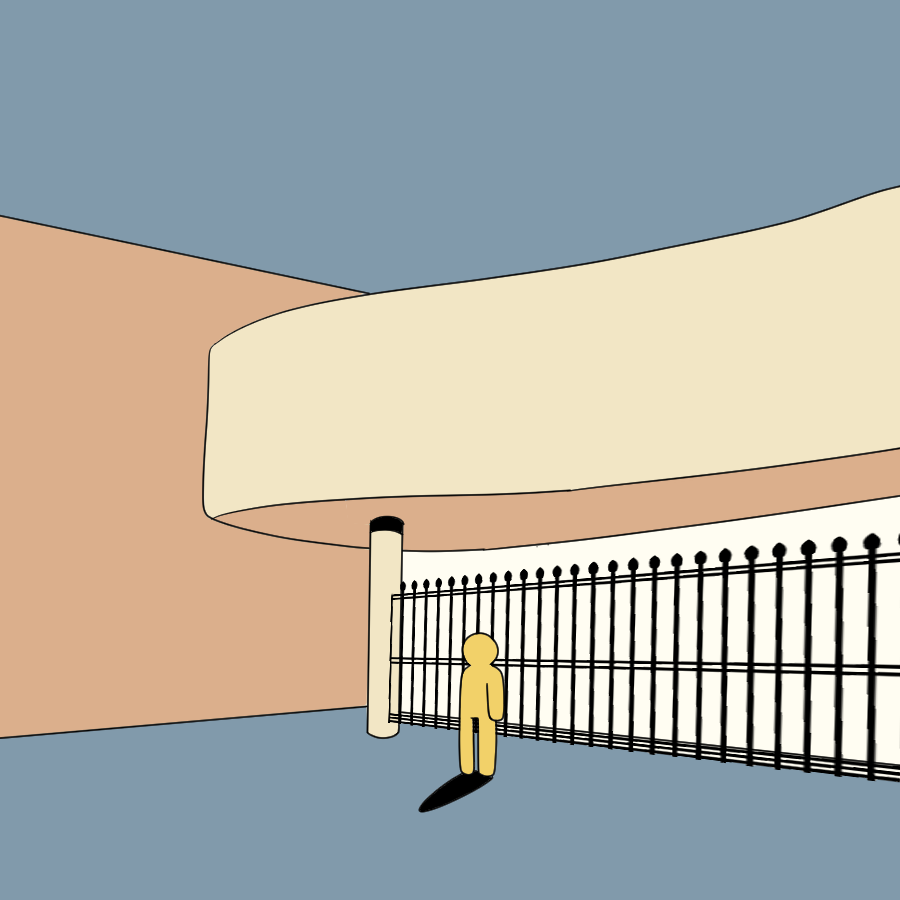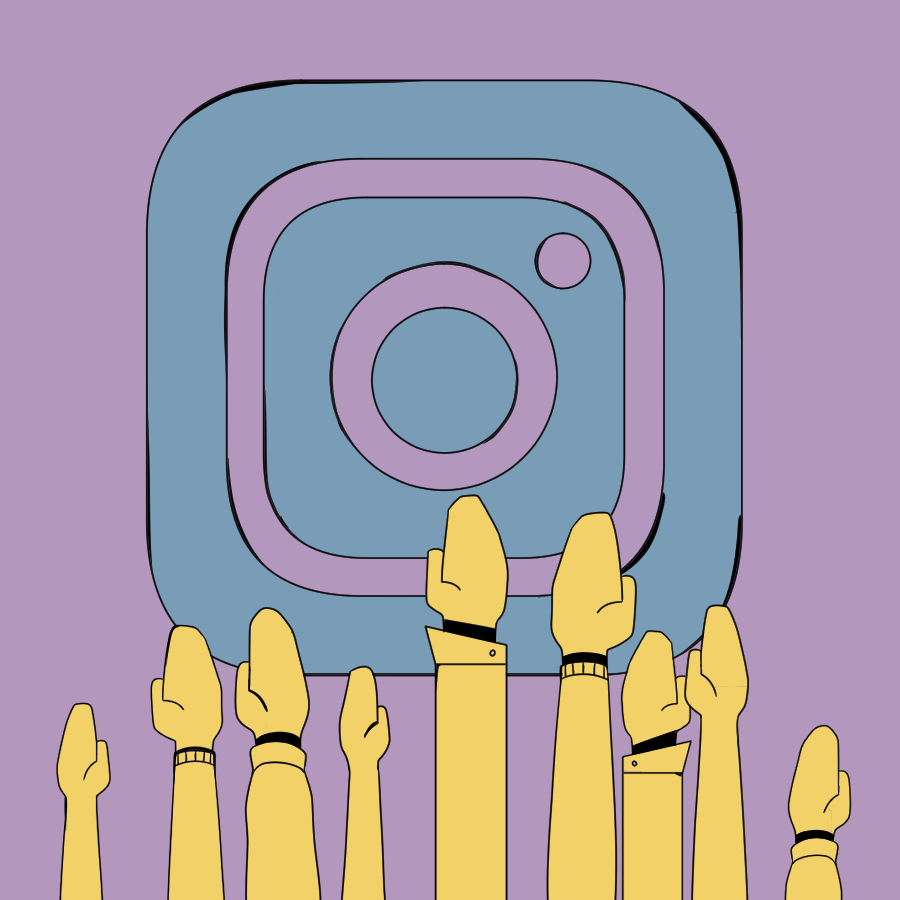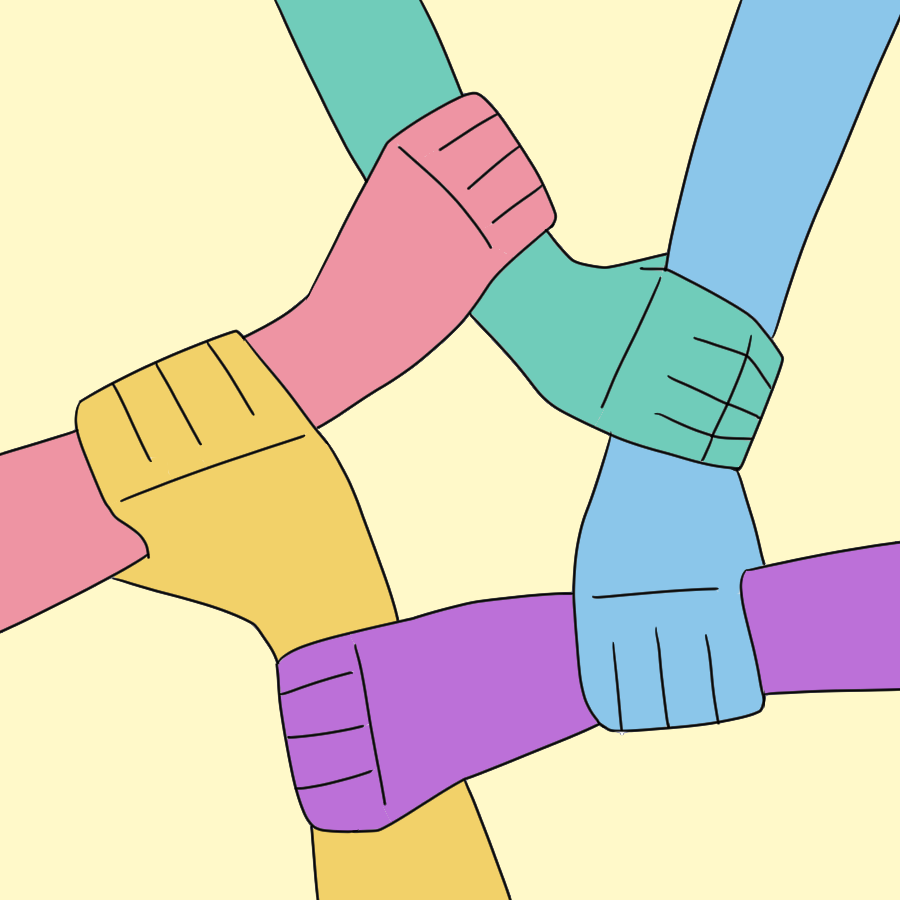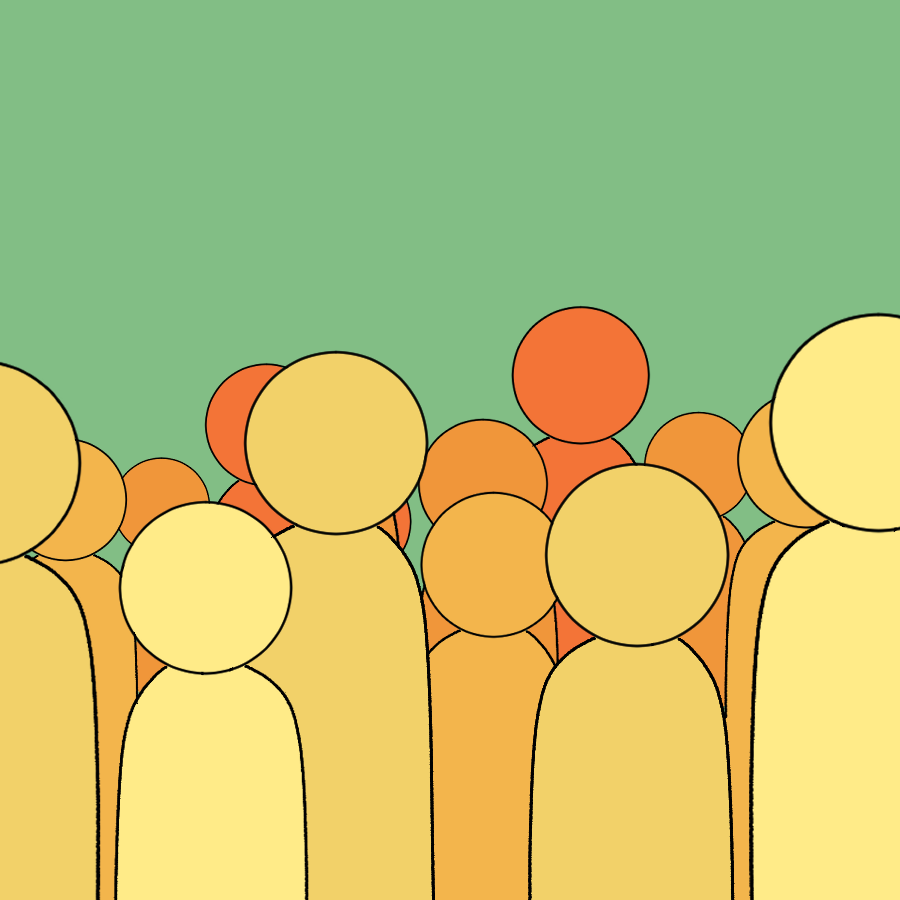Story by Georgia Parsons & Quinn Manzo
Associate Feature Editor & Staff Writer
Illustration by Alicia Zhang
Staff Illustrator
This article contains descriptions of sexual assault and harassment that some might find disturbing.
The #MeToo movement, founded by Tarana Burke in 2006, skyrocketed into mainstream conversation when the hashtag began trending on Twitter in 2017. It quickly became a public platform for survivors of sexual misconduct to speak out against their abusers, and many, often rich and reputable repeat offenders, have been exposed and defamed because of it.
The movement’s core value of public transparency has inspired collective accounts such as @wewillnotbesilenced and @dearsouthpas, as well as individual accounts that focus on local, teen sexual violence cases. Yet, while stories that involve #MeToo are typically shared on Twitter with no specific target audience, these Instagram accounts have a target audience of peers. Moreover, the #MeToo movement largely involves legal adults exposing other legal adults, whereas these Instagram accounts typically involve minors exposing other minors, a circumstance that can bring rise to a whole set of legal issues distinct from adults.
When the process administration goes through to prevent sexual assault isn’t enough, it is the right of the student to share their story on any platform they see fit without repercussions at school. Social media, however, does not negate the need for a strong administration; the school needs to reform their policy to provide necessary support for survivors of sexual assault.
Tiger examines sexual misconduct on a schoolwide level, highlighting the unsatisfactory support from administration that has left students sharing their sexual assault and harassment stories through social media, and what the school can do better in terms of actions and accountability.
Consent: an agreement between participants to engage in sexual activity. Consent should be clearly and freely communicated.
Rape: sexual activity and/or intercourse forced upon someone or done with someone who cannot consent legally
Rape culture: an environment that normalizes sexual assault, including victim blaming and slut shaming.
Sexual abuse: unwanted sexual activity, with perpetrators using force, making threats, or taking advantage of victims not able to give consent.
Sexual assault: sexual contact or behavior that occurs without the consent of the recipient
Sexual harassment: unwelcome sexual advances or remarks in a professional or social setting
Sexual misconduct: encompasses a broad range of behavior, from harassing statements to criminal sexual assault. It includes non-consensual sexual penetration, non-consensual sexual contact, sexual exploitation, and sexual harassment.
Sexual violence: any sexual act, attempt to obtain a sexual act, unwanted sexual comments or advances, or acts to traffic, or otherwise directed, against a person’s sexuality using coercion, by any person regardless of their relationship to the victim, in any setting, including but not limited to home and work.

